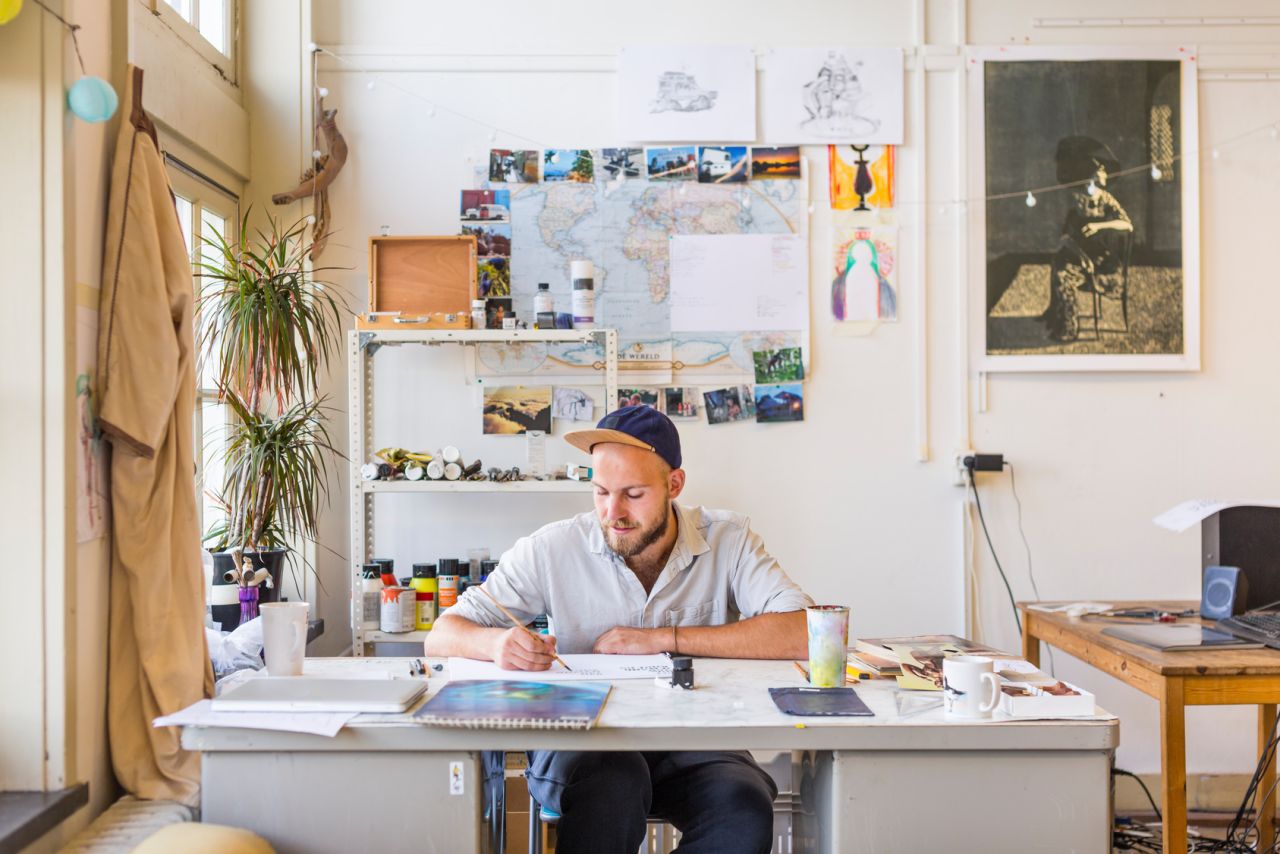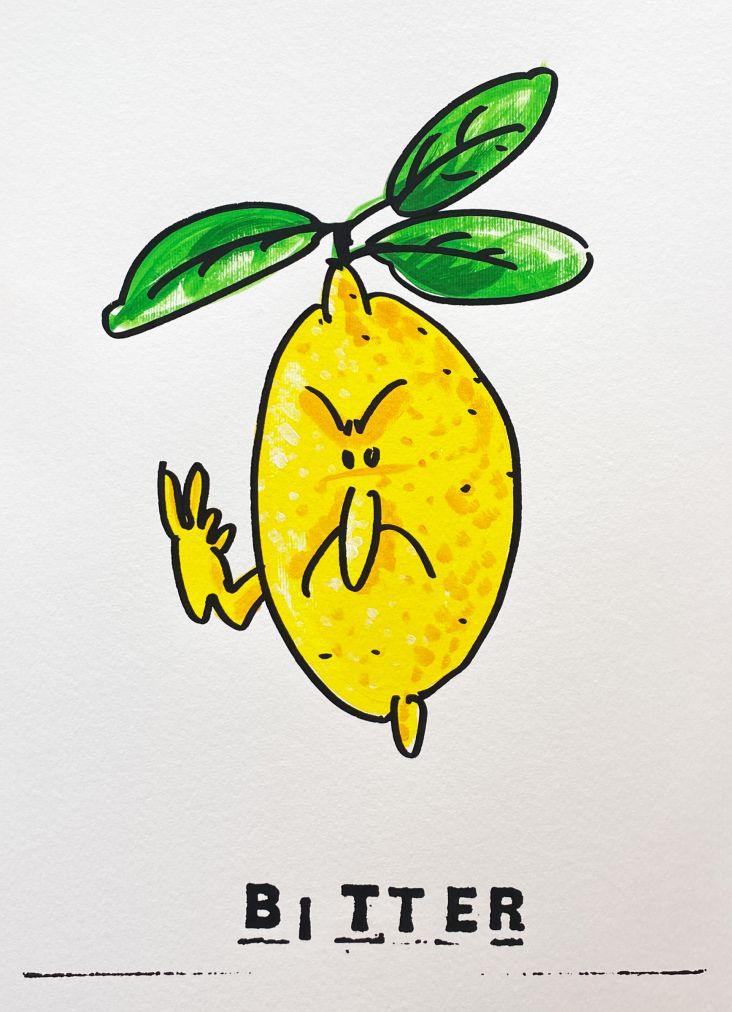Showcasing illustration work: how to create your best portfolio
Putting together samples of your work for art directors, editors, and others might sound straightforward, but many illustrators find it anything but. We share some tips from the Creative Boom community on presenting your illustrations in the best possible light.

Image licensed via Adobe Stock
How do you create a successful illustration portfolio? It's a question that many have asked, and recently a tweet along these lines from Ellis Brown, an illustrator based in Portsmouth, caught out our eye. So we set the Creative Boom community to work, and in the article below, we share some of your best advice.
Before we get started, though, it's worth covering a few fundamentals. Most importantly, consider who will look at your portfolio and – crucially – how long they're likely to spend on it.
Why? Because whether you're sharing your showcase with an art director at a creative agency, an editor at a newspaper or magazine, or a course leader at a university, they're more than likely to be time-pressed people who want to decide in a matter of minutes, if not seconds. So how you put your portfolio together should recognise that essential fact.
Also, ensure you've added all the details a portfolio needs to contain. That will normally include your personal details, a quick, simple description of what you do, any relevant social media accounts, samples of your work, and an easy way for people to contact you.
What to include
So what work should you include? "It sounds obvious, but limit it to your best work, all killer, no filler," says Jon Cockley at illustration agency Handsome Frank. "If there's anything in there that you're not proud of or feel doesn't represent you any more, then take it out. Quality over quantity."
Hannah Shilland from illustration agency Brilliant Artists agrees. "It's better to have a short portfolio of really strong illustrations with a cohesive style than a huge portfolio with a mishmash of styles; it's far more memorable."
But how do you make your portfolio stand out once you've nailed those basics? Read on for some great advice from fellow illustrators.
1. Don't be too rigid
The first point to make is that there's no one 'correct' way to craft a portfolio. And indeed Niki Groom believes you shouldn't be too rigid in how you approach doing so. "I'd say you don't have to have it all worked out before you start," she argues. "I think just doodling, and trying out some new materials and techniques, is better than sitting, thinking in your head.
"I've learned to work through creative block this way," she continues. "My best portfolio pieces have come from a start point with proper inspiration rather than 'must create a commercial piece for this article'. So colours have come from a vintage matchbox, or I've been inspired by a thing I've read. If you're struggling, then go back to the start."
2. Make it personal
One of the biggest no-nos of creating an illustration portfolio is trying to copy other people's portfolios or producing what you think people will want to see rather than staying true to yourself. "What I advise on with my mentees is putting more of 'you' in the work," says Ollie Hirst. "Clients commission people as well as technique, and you want substance to your work. I recommend picking a handful of editorial articles, covers, and so on, on topics that interest you and do your own spec version."
3. Aim for the work you want
One of the advantages of following Ollie's suggestion of speculative pieces is that it makes it easier to get the kind of commissions you're most interested in.
"When I was an illustration agent, one thing we used to encourage was creating work you'd want to be commissioned to make," says Connie Noble. "Mock-up billboards were always a winner, or you could try book cover jackets, article headers. I'd also work on themes that play to your strengths or niche areas: if you want to be commissioned for a food magazine, draw some food! But also look at what art directors are asking for, and fill the gap."
Connor Parker agrees. "You have to think about where you want to be and what you're interested in," he says. "Then, create projects based on those interests, applying them to the real-world context. For example, if you want to work in magazines and like animals, consider making a spec cover for AWW magazine.
"If I take myself as an example – because my portfolio is undergoing some changes at the moment – I recently created some Lonely Planet covers because I like observational drawings of cities, and it gave my interests a chance to be seen in a commercial context."
This applies even if you're not looking for anything that specific, but are drawn to certain broad areas, says Jon from Handsome Frank. "If you're looking to attract editorial clients, you should have more abstract and narrative illustrations in your portfolio: images that can distil a complex subject matter in a visually simplistic way.
"If you're looking to court advertising and branding projects, I suggest you create more lifestyle-focused illustrations. Depicting happy, beautiful people in aspirational surroundings will always make your work more likely to be chosen for advertising campaigns."
One last tip: when it comes to the 'work you want', don't paint yourself into a corner. Kat J. Weiss recommends that "you should figure out and streamline a process for the type of editorial illustration you want to offer. It sounds a bit soulless, but you should think of it a bit like a product. That's because you want to assure future clients you can reproduce what they see in your portfolio – although that said, some art directors are open to a bit of spontaneity too."
By showing more diversity in subject matter, your portfolio instantly becomes more commercially viable. If clients can't see something in your portfolio, they'll presume you can't draw it.
4. Show your flexibility
While it's good to aim for specific kinds of work, you don't want to go too niche, or you might not get enough commissions to sustain you. So your portfolio has to show a degree of flexibility, too: like most things in life, it's a question of balance.
"In terms of what to include in an illustration portfolio, variety is key," says Ollie. "However, don't try to do everything for everyone. I think I'm a good example of having flexibility in style but not being pigeonholed. If you're trying to attract commercial work, people, places and various moods and colours are good things to aim for."
Jon from Handsome Frank agrees. "I'm always looking for variety in subject matter," he says. "Many artists are drawn to specific subject matters which they repeat time and again. By showing more diversity in subject matter, your portfolio instantly becomes more commercially viable. If clients can't see something in your portfolio, they'll presume you can't draw it."
Also, consider any specifics that the agent, AD or editor you approach may seek. For example, Wijtze Valkema suggests that: "for editorial work, it's important to show you can draw people. Sometimes clients will need other types of illustration – such as nature or technology – but including people in your portfolio increases the chance of getting hired."
5. Context and consistency
Showing work in context is something illustrators often forget to do, adds Jon from Handsome Frank. "It's always nice to see some well-taken photographs of the work in its final format. Many illustrators forget to document this stage, and it's important to show how and where your work has been utilised." Hannah from Brilliant Artists agrees, noting that: "a mix of straight-up illustrations and the work in context works well for a little variety."
Above all, there should be overall consistency in the portfolio. "I like to see a coherent body of work and a strong signature style," says Jon. "That doesn't necessarily mean it all needs to have been created via the same process, but it needs something to bring it all together. Think about having a consistent use of colour and texture if you don't want to be limited to one process."
Hannah from Brilliant Artists adds: "Try to take out any pieces that are in an older style if your work has developed significantly or any illustrations that you did not enjoy creating, as you will inevitably end up being commissioned for work that you no longer want to create or hated making!"
6. Check out agencies
While you should never out-and-out copy someone's portfolio, there's no harm in getting some inspiration from the best ones. "It's worth checking out some agencies that represent illustrators to see the individual artist pages and their themes, subjects, client roster, and so on," advises art director Naomi.
"Check out their portfolio and Instagram to see how they structure things. List brands, agencies and publications you want to work with." Some agencies to check out include Dutch Uncle, Hugo & Marie, Jelly, Breed and B&A.
Take out any pieces in an older style if your work has developed significantly or any illustrations that you did not enjoy creating, as you will inevitably end up being commissioned for work that you no longer want to create.
7. Enjoy the experience
Less this all sounds too much like hard work, Sarah Harrison points out that creating an illustration portfolio should be fun.
"Treat it like training for an endurance sporting activity," she advises. "Loosen up and warm up by joining an art club, like the one offered by the The Good Ship Illustration: free and open to everyone over on IG Live. When you have a collection of work you feel really proud of, get some industry eyes on it and seek professional feedback: the AOI offers portfolio review sessions."
8. Team up with others
Another way to enjoy the process of creating an illustration portfolio is to get others involved. "When I first graduated, I started a 'Crit Club' with Jack Snelling and Olivia Waller," recalls Laurie Avon. "We'd set each other speculative briefs based on gaps identified in each other's portfolios and act as both illustrator and art director.
"It was a great way to grow community and support," she continues. "And we got some of our first commissions based on that work! This process acted as the foundations that we built off from and was a great scaffold from university to industry."
9. Tweak it each time you send it out
In one sense, a portfolio is never complete because it's always worth revising it, depending on who you're sending it out to. That's the advice offered by David Hallangen, who admits that he doesn't necessarily set the best example in his own practice – "my portfolio is The Room Of Requirements where things go to get lost", he jokes. But he strongly believes in "adjusting your portfolio to whoever you pitch to. Put the stuff most relevant to them at the top. Make it easy for them."
Plus, when you send out your portfolio, consider where you sent it and how you go about it. "Contact the art directors at the publications you're interested in working with," advises Hannah from Brilliant Minds. "Always include one image, not loads, in the body of your email, and clear links to your portfolio and Instagram. Try not to be disheartened if people don't immediately respond. They're probably just busy, and hopefully, they will have bookmarked your website."






















